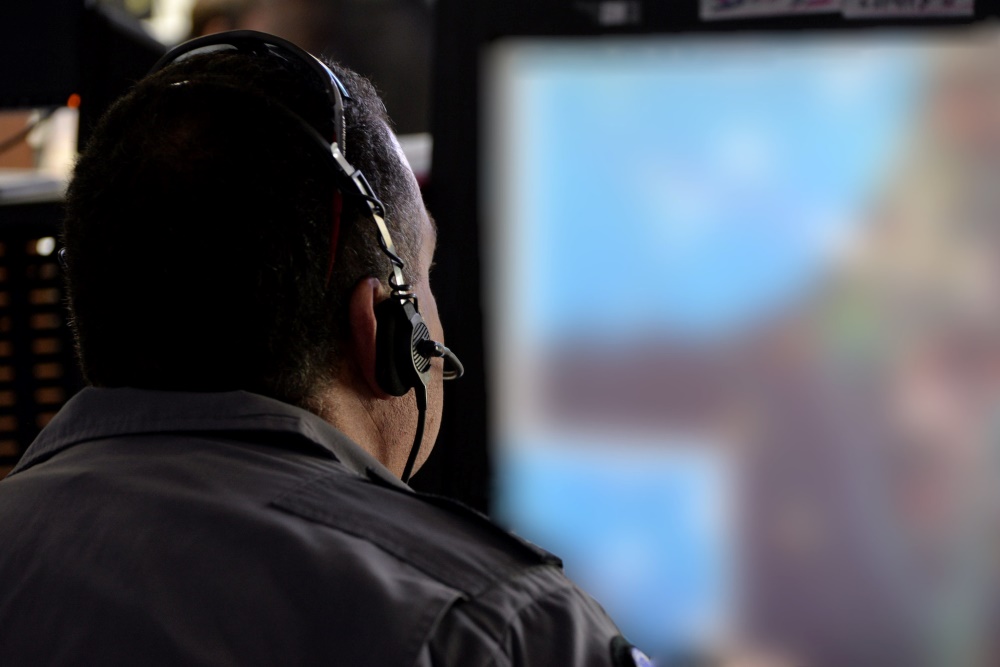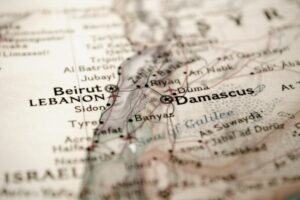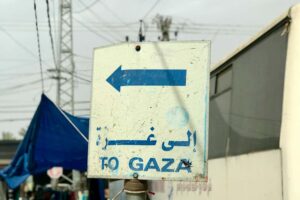
The dynamics of Israel’s war with Hamas are changing quickly. As the military focus shifts from southern Israel to Gaza, limited clashes also erupting on the Lebanon border.
The IDF is building up an enormous military force, currently split between the southern and northern fronts. An invasion of Gaza seems imminent. Here are some key observations at this critical junction:
- Hamas is on edge, waiting for an Israeli ground maneuver that is not coming yet. Being in this state of ongoing alert is difficult, with uncertainty and fatigue setting it.
- The delayed assault gives Hamas more time to set up defenses, but it also provides Israel with more opportunities to expose these preparations and refine attack plans.
- The Hamas raid into Israel was a huge success for the group, but the cost is high: Hundreds of Hamas terrorists, including many elite fighters, were killed in Israel or on the border. These forces will not be available to defend Gaza now.
- In parallel, Israeli airstrikes are devastating numerous Hamas assets and damaging the group’s entire terror apparatus. The scope of attacks, number of targets, and quantity of munitions are unprecedented.
- Gaza’s terror groups are not used to this level of IDF aggression. They will need to get used to it very soon to put up a strong fight. So far, Israel also enjoys international legitimacy for employing massive military force.
All of the above bodes badly for Hamas. Success can be temporary and fade swiftly. Tactical victories are still possible, but here’s the bottom line: Hamas will have a hard time coping with Israel’s overwhelming firepower. Gaza, which has become a huge terror hub, is in grave danger.
Hezbollah’s war dilemma
Will Hezbollah join the battle? The group appears to play a careful game of limited provocations so far. It seems that Iran’s largest terror proxy is hesitating: Joining the fight may be tempting, but could turn into disaster. Here are three factors to consider:
- Hezbollah is far more powerful than Hamas and can hurt Israel with massive rocket and missile fire. The group’s elite forces are well-equipped and well-trained. Israel has been hurt badly in the south. But there’s a catch.
- Any element of surprise for a Hezbollah assault is gone. The IDF is deployed in full force. Israel’s elite units are on the highest alert. Many local residents have already left their homes.
- All of the above means that a large raid into Israel will be met with fierce resistance by a superior military force. This will not be a repeat of the Hamas operation.
- In the context of a large war, Hezbollah’s size is also a drawback. The group is more like a small army than a terror faction, and the IDF was built to fight armies: More assets to hit and fighters to take out. [Israel plans to bomb thousands of targets in Lebanon]
For now, Hezbollah is closely watching IDF operations in Gaza. The group’s Iranian masters are also making their calculations. This cost-benefit analysis carries enormously high stakes. Will the Iran axis strike in full force or wait for another opportunity? The answer will be delivered shortly.


